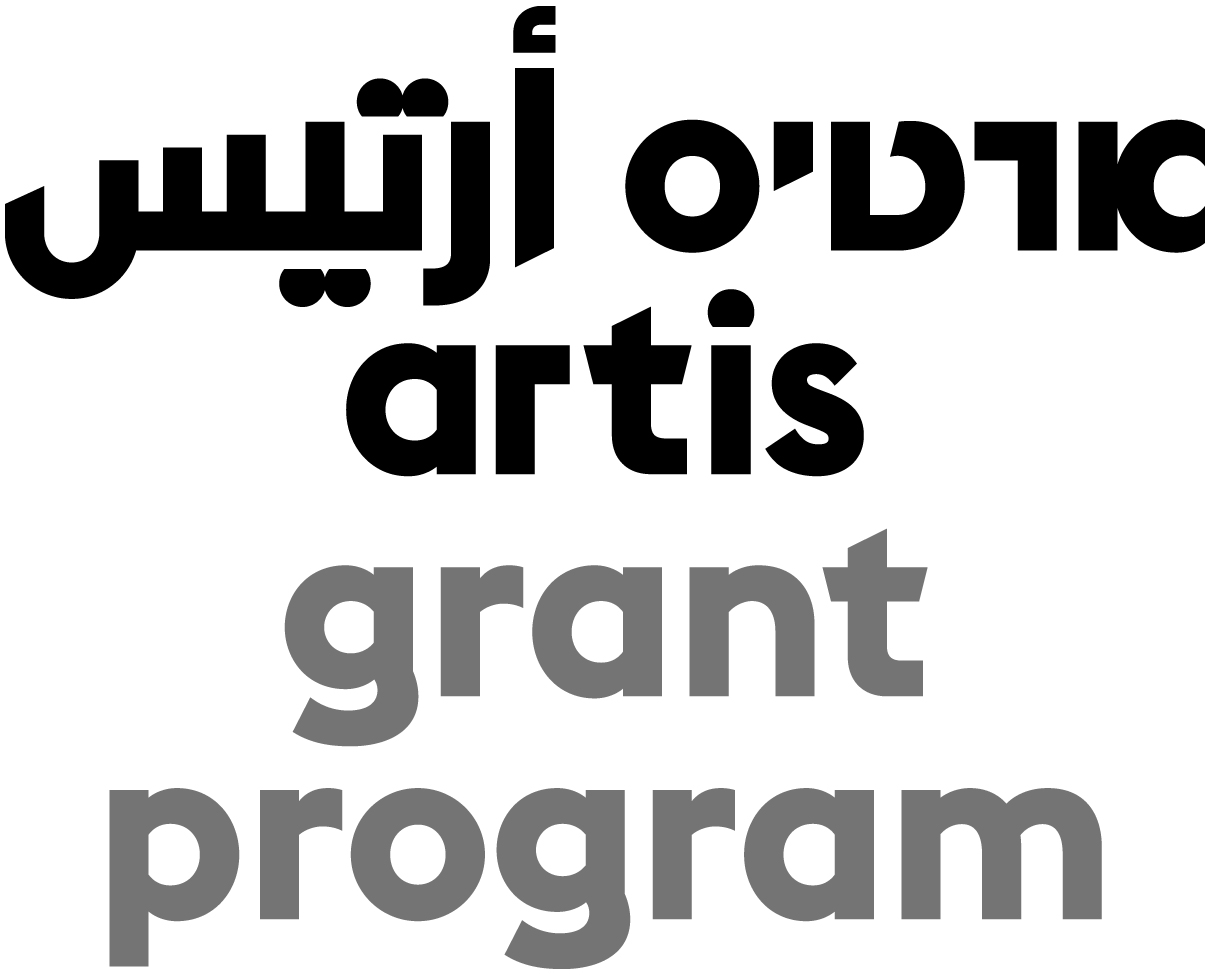Lament
Media installation: Incandescent Lightbulb, software, music player, and MicrocontrollerInstallation
Excerpt From Documentation @ Herzeliya Museum 2018
In Lament (2018) Miri Segal sings, in a tremulous voice, Natan Alterman’s famous lullaby Lailah, Lailah (“Night, Night”) which her mother used to sing to her as a child – while an incandescent light bulb (a tribute to
Edison, its inventor) brightens and dims in keeping withthe volume of the sound, like a flickering star in the dark. The lullaby, which is supposed to calm and reassure children as they fall asleep, is actually a horror story of violent death and lost memory. In line with this discordant juxtaposition, Segal reconstructs the singing scene after
her mother’s death, in an attempt to communicate with the object of her yearning beyond the darkness by sending a message of comfort and reassurance (to her mother? to us? to herself?). This recalls the “living dead” figure in Alterman’s poetry – a nomad (a singer representing the artist) who, in his ghostly incarnation, becomes a sort of Impressionist painter whose sole desire is to commemorate his beloved and to reveal the beauty of the world. As Haim Nagid points out, “Unlike Aristotle, who stated that the instance must stem from the meaning, revolutionary Modernism argued that the meaning must spring from the instance. In the eyes of Alterman, the universe and his beloved – which are glimpsed in a chance but unforgettable blink of the artist and lover’s eye – are forever sudden. Thus they are to remain in the artistic work – in their eternal arbitrariness.”
text: Aya Lurie
her mother’s death, in an attempt to communicate with the object of her yearning beyond the darkness by sending a message of comfort and reassurance (to her mother? to us? to herself?). This recalls the “living dead” figure in Alterman’s poetry – a nomad (a singer representing the artist) who, in his ghostly incarnation, becomes a sort of Impressionist painter whose sole desire is to commemorate his beloved and to reveal the beauty of the world. As Haim Nagid points out, “Unlike Aristotle, who stated that the instance must stem from the meaning, revolutionary Modernism argued that the meaning must spring from the instance. In the eyes of Alterman, the universe and his beloved – which are glimpsed in a chance but unforgettable blink of the artist and lover’s eye – are forever sudden. Thus they are to remain in the artistic work – in their eternal arbitrariness.”
text: Aya Lurie

 Miri Segal: Miriage is supported by the
Miri Segal: Miriage is supported by the
